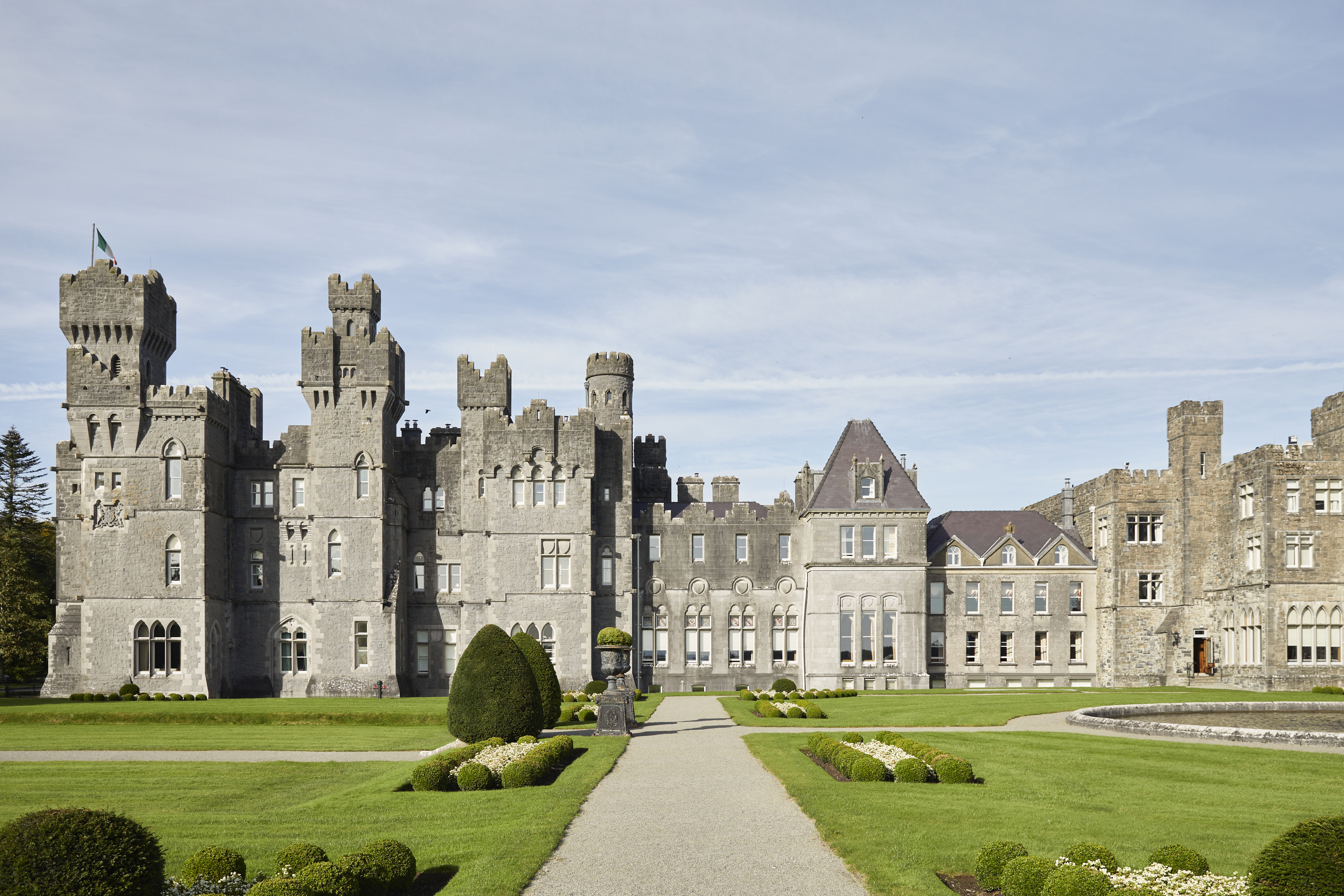Gothic for the Steam Age: An illustrated biography of George Gilbert Scott by Gavin Stamp
John Goodall is impressed by this concise and beautifully illustrated account of Scott's achievements.


Gothic for the Steam Age: An illustrated biography of George Gilbert Scott by Gavin Stamp (Aurum Press, £30 *£27)
Sir Gilbert Scott (1811–78) was arguably the outstanding architect of the Victorian Age. After being fired with enthusiasm by the writings of Pugin, he became a leading advocate of the Gothic Revival and as the title of this book underlines compellingly adapted this medieval idiom to the demands of 19th-century life.
His capacity for intense industry ensured that the variety of his work was matched only by its breathtaking quantity. Besides restoring a host of great medieval churches, including most of our cathedrals, he was a prolific designer of new ecclesiastical buildings.
He also built up an impressive body of other commissions including country houses, civic buildings and public monuments. In the capital alone, several remain familiar landmarks, such as the Albert Memorial (for which he was knighted), the Foreign Office and St Pancras Station.
This short book offers a brilliant overview of Scott’s achievements. It begins with an introductory assessment of his posthumous reputation, which reached a nadir in the mid 20th century. There follows an illustrated narrative over-view of the architect’s life and work. As Gavin Stamp explains, Scott was the son of a clergyman and began his career improbably enough as the designer of workhouses.
Having jettisoned his unreliable partner, William Moffatt—partly at the insistence of his wife his career flowered in the most extraordinary way. He chose the personnel of his large office with skill and won the respect, loyalty and affection of his staff. The extent to which he oversaw their work for more than 800 buildings must remain uncertain, although according to this analysis he imposed upon it a remarkable stylistic coherence.
The second, longer part of the book comprises a series of thematic picture essays, each with a single page of introduction, that address different spheres of Scott’s work. It includes treatments of his workhouses, his new cathedrals (he designed several for the Empire, not to mention the great Lutheran church dedicated to St Nicholas the Nikolaikirche in Hamburg), his churches, restoration projects, public buildings and monuments. This is not a catalogue of all the buildings Scott produced, but a study of the most important.
Exquisite houses, the beauty of Nature, and how to get the most from your life, straight to your inbox.
The pictures, accompanied by discursive captions, are beautifully chosen. Beside many modern photographs, there are engravings and numerous early photographs. As a set, they vividly convey the interest of Scott’s designs. Included within the illustrations are some depressingly recent victims of demolition.
Dr Stamp writes about his subject succinctly with authority, verve and clarity. Such we would expect from a regular contributor to the architectural pages of Country Life, yet he also does something that lifts this book far above the ordinary as a work of architectural history. A journalist and architectural critic, he doesn’t just want to tell the story of Scott, he wants to assess him for the present.
Indeed, the whole book feels like a brilliant deposition of evidence in which a wide spectrum of opinions about Scott and his work are rehearsed. We hear the voice of his detractors and apologists (including Scott himself, who wrote vigorously in his own self-defence), glossed with incisive comments and correctives from the author.
The result is that Dr Stamp has not just informed me of the fact that Scott was a great architect; he has me fully persuaded.
To order any of the books reviewed or any other book in print, at discount prices* and with free p&p to UK addresses, telephone the Country Life Bookshop on 0843 060 0023 or visit www.countrylife.co.uk/bookshop. Or send a cheque/postal order to the Country Life Bookshop, PO Box 60, Helston TR13 0TP. For overseas readers, telephone 01326 569444 or email sales@sparkledirect.co.uk *See individual reviews for CL Bookshop price.

John spent his childhood in Kenya, Germany, India and Yorkshire before joining Country Life in 2007, via the University of Durham. Known for his irrepressible love of castles and the Frozen soundtrack, and a laugh that lights up the lives of those around him, John also moonlights as a walking encyclopedia and is the author of several books.
-
 Ashford Castle review: The fantastic five-star hotel in Ireland that the Guinness family once used to show off their wealth and influence
Ashford Castle review: The fantastic five-star hotel in Ireland that the Guinness family once used to show off their wealth and influenceYou’ve seen ‘The House of Guinness’ — well here’s the castle.
-
 The David Beckham edition of the Country Life Quiz of the Day, October 22, 2025
The David Beckham edition of the Country Life Quiz of the Day, October 22, 2025Icon of the football pitch, underwear adverts and the countryside — we celebrate our guest editor Sir David Beckham in today's quiz.